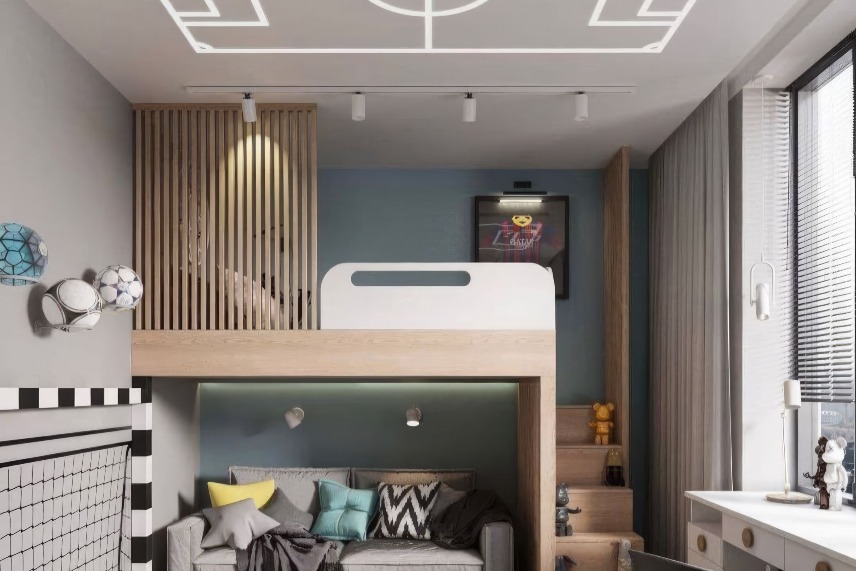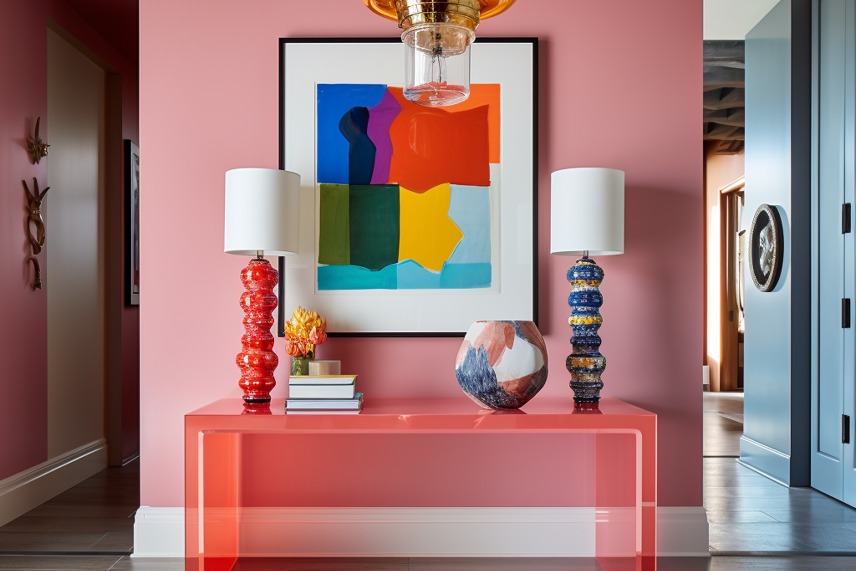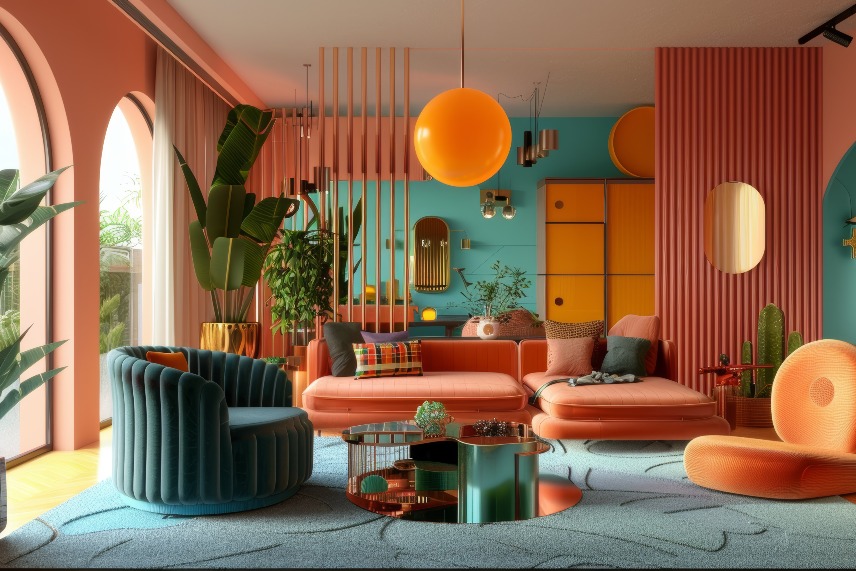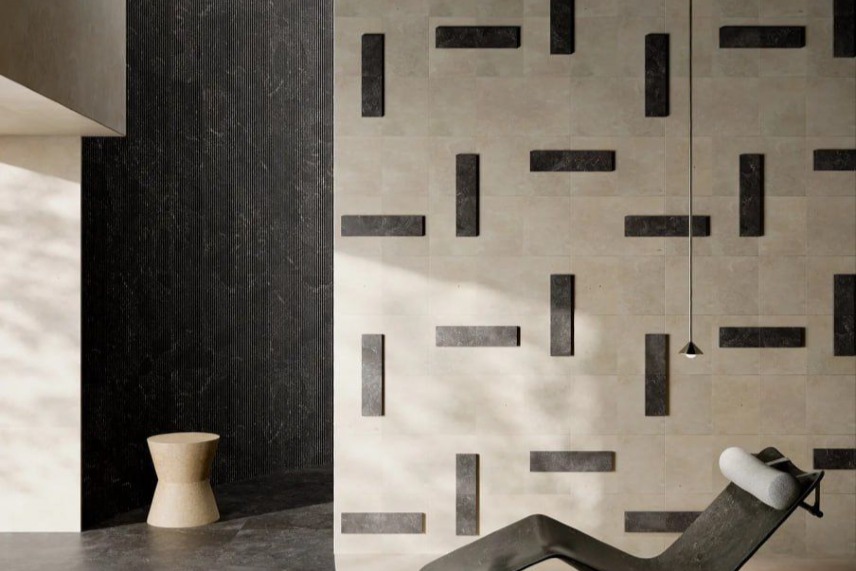- HOME PAGE
- / BLOG
BLOG
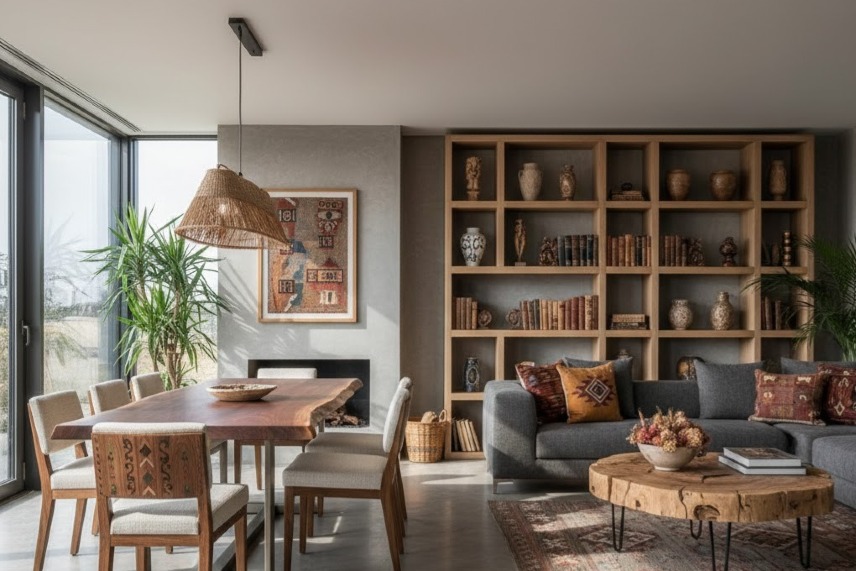
Local Craftsmanship and Custom Furniture: Personalize Your Space
Local Craftsmanship and Custom Furniture: Personalize Your Space
Living spaces are a form of expression that reflects an individual’s personality. For this reason, custom-designed furniture that goes beyond standard production and the aesthetic power of local craftsmanship are the keys to personalizing spaces. Custom design furniture is meticulously designed and manufactured according to individual needs and tastes, distinguishing it from ordinary furniture. Furniture is an equipment tool and accessory of architecture, particularly interior architecture. While the apparent purpose of furniture is to facilitate daily practical life (sitting, eating, sleeping, storing items), they also add meaning to our home or workplace.
Core Principles of Custom Design: Personalization and Functionality
Custom design furniture differs from standard furniture, which is often manufactured in uniform sizes, colors, and forms. Since every individual’s taste, needs, and lifestyle are different, custom-designed furniture offers completely personalized solutions. This process centers on the user; designs suitable for the size, space, and intended use are created based on the person's wishes, habits, and the characteristics of the space.
At the beginning of the design process, it is necessary to clearly define the needs such as the room it will be used in, its purpose, the available space, storage, comfort, and multipurpose use. Furthermore, having professional measurements taken prevents subsequent incompatibilities. The process of having custom-designed furniture made is the stage where dreams are realized and involves creating unique style and aesthetic value.
In custom designs, hidden storage areas, modular systems, and multipurpose solutions come to the forefront, as aesthetic concerns and functional needs are considered together. Furniture should not only be visually appealing but must also ensure user comfort through ergonomic features. Ergonomic choices require focusing not only on aesthetics but also on long-term user satisfaction.
Reflection of Craftsmanship and Cultural Identity in Design
In the furniture design process, the influence of the current era, the cultural characteristics of societies, and global trends is significant. Local craftsmanship and handicrafts are among the most permanent and meaningful documents reflecting a society’s way of life, economic structure, and aesthetic judgments.
In Turkey, the identities of furniture designers are shaped under the influence of the cultural qualities of their societies. It is stated that in order to create furniture design that carries the identity characteristics of a specific culture, it is necessary to discover one's own values and examine and evaluate one's own culture more deeply. This means that the designer must master their own cultural characteristics and global trends. In fact, the designer is expected not only to follow global trends but also to be able to influence them.
However, research shows that authentic Turkish furniture is not recognized in world markets. The linear values of furniture should be associated with the cultural character of society. This situation requires that designs be made using motifs, symbols, and patterns belonging to Turkish culture in order to increase the recognition of authentic Turkish furniture.
Traditional motifs, blended with Turkish-Islamic culture, have taken the name "Traditional Turkish Ornamentation Art" and have been frequently used in wood material. It has been suggested to research and use characteristic motifs such as the geometric ornaments consisting of intersecting hexagons and stars from the Seljuk period. Innovative approaches that inject a new spirit into old copper, blending traditional materials and production techniques with contemporary forms and functions, are an indicator of the search for a modern identity.
The Bridge Between Craft and Design
Historically, handicraft production (zanaat) was redefined as a unique resource, particularly for the souvenir market, and efforts were made to aesthetically improve products to possess a unique design identity. Craft and handicrafts have traditionally been associated with women’s domestic production activities (knitting, sewing, decorative arts) and marginalized to the periphery of the professional, mass-production design field. However, local craft activities have pushed the boundaries of the design field by acting as commercial channels that move women's labor outside the home and by developing new approaches to modernize traditional motifs (such as wrought iron, nickel-plated copper trays).
In the field of furniture and decoration, details of craftsmanship (solid wood, natural fabrics) and the quality provided by custom design ensure that products are long-lasting and gain value over time. Good workmanship is a critical element that directly affects the appearance and service life of the furniture. The quality of workmanship is determined by the skillful processing of each piece and attention to detail, which allows the furniture to achieve a striking appearance.
Sustainability and the Designer’s Responsibility
Today, local craftsmanship and custom design are important areas that support the four dimensions of sustainability (economic, environmental, social, and cultural sustainability). Sustainable design aims to comply with economic, social, and ecological continuity.
The designer must assume responsibility for cultural sustainability in the handicrafts sector. Our traditional handicrafts are the most permanent records of our culture, traditions, and customs, and constitute a rich treasure that must be transferred to the next generation. Traditional handicrafts have been negatively affected by the competition from mass-produced designs, and some professions (e.g., shoe making, carpet weaving) face the threat of extinction.
The designer's responsibility in this field can be summarized as increasing the functional, aesthetic, and added value of the object. It is important to transfer local culture and traditional elements to contemporary designs, broaden the target audience (e-commerce, tourism), and enhance the design value of the product through innovative (inventive) approaches. For example, the application of traditional Turkish motifs in furniture ornamentation can contribute to the use and dissemination of the concept of Turkish Furniture.
Tips for Material and Aesthetic Selection
In custom-designed furniture, the choice of material (Solid wood, MDF, chipboard, etc.) determines durability and aesthetics. When calculating costs in furniture manufacturing, direct material expenses (YL, MDF, laminate) and indirect material expenses (adhesives, paint, pigments) must be determined realistically. Custom manufacturing requires high-quality materials and meticulous workmanship (quality).
In interior decoration, utilizing the power of art is crucial for adding depth and personality to spaces. Fabrics, curtains, sculptures, and paintings used in furniture should be considered artistic elements. Colors determine the atmosphere of the space, while combining different textures makes the space dynamic (metal coffee table next to a velvet armchair). Lighting is an art that changes the atmosphere, acting not only functionally but also as part of the decoration (artistic chandelier, indirect lighting).
In conclusion, the approaches gathered under the title Local Craftsmanship and Custom Furniture: Personalize Your Space aim to combine comfort, functionality, and aesthetics with high quality and cultural identity in an individual's living space. Choosing custom-designed furniture is important because it makes the space specific to the individual, ensures perfect fit, and is a long-term economical choice.


